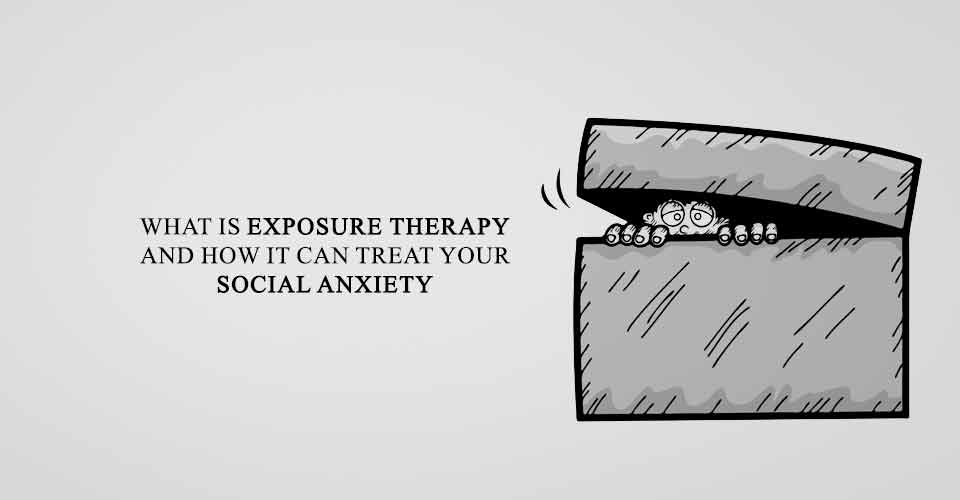Almost everyone experiences social anxiety to some degree. We worry what people think of us. We second-guess our social interactions. We wonder why it can’t just be easier to make friends, go on a date, or speak in public.
According to WebMD, social anxiety is “an anxiety disorder in which a person has an excessive and unreasonable fear of social situations. Anxiety (intense nervousness) and self-consciousness arise from a fear of being closely watched, judged, and criticized by others. A person with social anxiety disorder is afraid that he or she will make mistakes, look bad, and be embarrassed or humiliated in front of others.”
Social anxiety can hurt us in many ways.
It can isolate us. It can stop us from engaging in activities we might enjoy. It can stunt our growth at work. In a very real sense, social anxiety can cause us to withdraw from the world. Instead, we hide within ourselves. We go dormant. We stop living our lives.
One common treatment for social anxiety is exposure therapy. It helps us to draw ourselves out of this hole so we can one again embrace a fulfilling lifestyle.
Exposure therapy is the practice of conquering social anxiety by confronting your fears. It is usually done with the help of a therapist, as part of a cognitive behavioral therapy treatment plan. However, it can also be slowly and carefully incorporated into your daily life.
Our natural reaction to social anxiety is called avoidance. This is exactly what it sounds like. We avoid situations that make us uncomfortable. We make up excuses not to attend parties. We decline a chance to make a big presentation at work. We engage in “safety behaviors” such as refusing to make eye contact with a new acquaintance or rehearsing small talk.
These coping mechanisms are natural and understandable. However, they do not help us to get better. They may even increase our social anxiety in the long run.
Exposure therapy is the opposite of avoidance. With this tactic, we disrupt our safety behaviors and confront difficult situations. We start very small, and work our way up slowly. Early attempts at confronting a feared situation may simply consist of role-playing or virtual reality scenarios. This minimizes discomfort and increases our confidence and chance of success.
Here’s an example.
Consider that your greatest fear is speaking to a crowd of people. However, you will eventually need to do this to advance at work. Your career is very important to you. You realize that you need to overcome this fear to live a fulfilling life.
Your therapist may help you to construct a game plan. It would start very small, and work up slowly.
The early stages might look something like this:
- Practice making a speech in front of a mirror.
- Read a book to your young nephew.
- Practice a speech in front of a person you trust.
- Offer to say grace at a large Sunday dinner with extended family.
- Practice making a speech to a small group of people you trust outside of work.
- Practice making a speech to a trusted work friend or mentor in an informal setting.
- Read a report to a small group at a work meeting.
You would repeat each step until you feel comfortable, discussing the results with your therapist as you go. Then, you would move on to the next one. This methodology might seem slow, but real and lasting change is rarely made overnight.
“I wondered how many people there were in the world who suffered, and continued to suffer, because they could not break out from their own web of shyness and reserve, and in their blindness and folly built up a great distorted wall in front of them that hid the truth,” wrote Daphne du Maurier.


